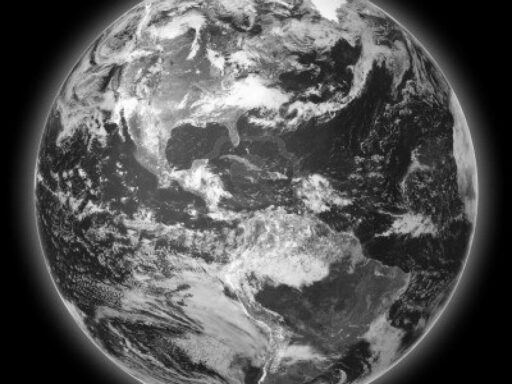Bambi’s 1942 Disney film is considered strange by today’s standards. It lacks a traditional, coherent plot and feels more like a series of vignettes. The death of Bambi’s mother, a pivotal moment, is shown briefly but not deeply explored, nor does it affect Bambi’s character development as modern stories might expect. When released, children’s and adults’ reactions varied significantly, revealing much about the era’s cultural context and storytelling expectations.
The movie’s structure contrasts sharply with today’s narrative norms. Rather than following a clear, continuous storyline, it presents episodes from Bambi’s life, each capturing moments in nature without tightly linking them through a central dramatic arc. The segmented style highlights nature’s cycles and animal life rhythms but leaves emotional events, such as the mother’s death, underdeveloped. This absence of explicit grief or long-term impact on Bambi may strike modern viewers as unusual or incomplete.
At its release, children’s reactions to the film’s darker moments were intense. The death of Bambi’s mother shocked many young viewers despite the scene being toned down for sensitivity. Voice actor Donnie Dunagan recalled that mothers often covered children’s eyes during that scene. British parliamentary records from 1949 mentioned that the shock in theaters was palpable. Children found it traumatic. The emotional weight hit hard despite Disney’s visual subtlety. Horror writer Stephen King famously called it the first horror movie he saw because of this trauma.
Adults had complex responses. Many appreciated Disney’s groundbreaking realism. The studio employed artists to study animals in the wild, crafting detailed backgrounds and lifelike movements. Yet, some critics, like The New York Times, noted stylistic clashes — naturalistic art versus traditional animation effects. Due to WWII, ticket sales were disappointing. The war overshadowed interest in nature stories, limiting the film’s early box office success.
Hunters formed a vociferous opposition. The movie portrayed hunters as threats to forest life, describing them as “vicious destroyers of game.” This bold stance offended hunting communities. Public debates on wildlife management intensified after the film. Aldo Leopold advocated for controlled hunting measures a year post-release but faced backlash. People emotionally tied to Bambi’s mother opposed policies seemingly allowing hunters to harm such iconic figures. The film missed expressing any hunter-as-caretaker narrative that might have balanced the perspective.
The original Bambi novel by Felix Salten, published in 1923, provides context for the film’s tone and narrative style. Salten was himself a hunter, having killed many roebucks, which deeply informed his portrayal of nature’s realities. The book was not intended as a children’s story, addressing mature themes like animals’ natural behaviors, death, and the human role as both hunter and destroyer. Predators act instinctively, and humans, referenced as “He,” represent an almost divine but dangerous force. The book explores mortality starkly, unlike the Disney film’s softened approach. Salten’s work was also interpreted as an allegory on the Jewish plight during the rise of Nazi Germany; the novel was banned by Nazis in 1936. Its sequel, released during the war, reinforced darker, grim themes unavailable to the Disney adaptation.
Disney chose to emphasize visual realism and a gentle tone rather than Salten’s complex moral and political allegories. This decision impacted audience expectations. The film’s vignette style reflects nature’s unpredictability, and its quiet moments aim to mimic real wildlife observation rather than traditional storytelling arcs. The minimal emotional exploration of the mother’s death may stem from this artistic choice, avoiding heavy narrative consequences to maintain a lyrical pace.
Overall, initial reactions to Bambi combined admiration for its art with discomfort over its somber moments. Children experienced real distress at the mother’s death, prompted to hide their eyes. Adults recognized Disney’s artistic achievements but grappled with the film’s messaging about hunting and nature amid global conflict. Hunters, feeling misrepresented, resisted both the film’s portrayal and subsequent wildlife policy changes influenced by public sentiment following Bambi’s popularity.
- The movie’s vignette-style narrative lacks a clear, unified plot by modern standards.
- Scenes like Bambi’s mother’s death are brief and carry little direct emotional fallout.
- Children found the mother’s death scene shocking and traumatic despite censorship efforts.
- Adults admired the realism but were divided, especially due to WWII’s impact on entertainment preferences.
- Hunters opposed their portrayal as destructive, fueling public debates on hunting policies.
- The original novel was darker, politically charged, and not aimed at children.
- Disney’s film softened these elements in favor of a visually realistic, nature-focused work.


